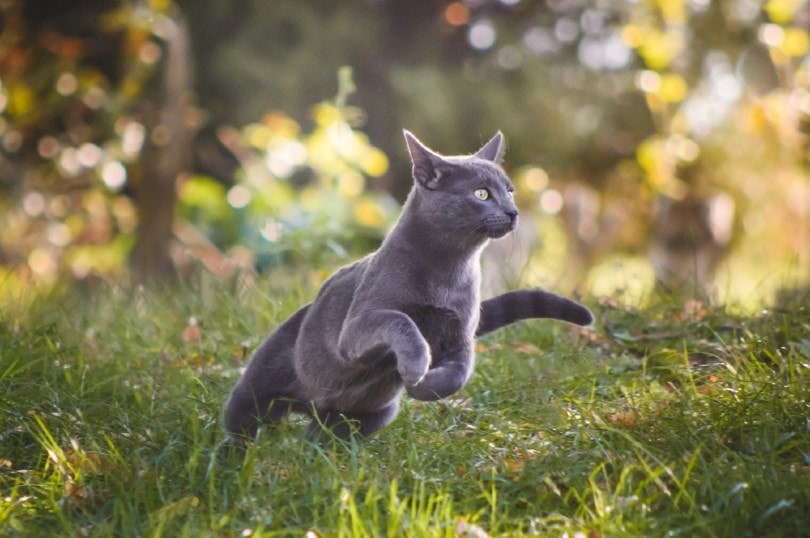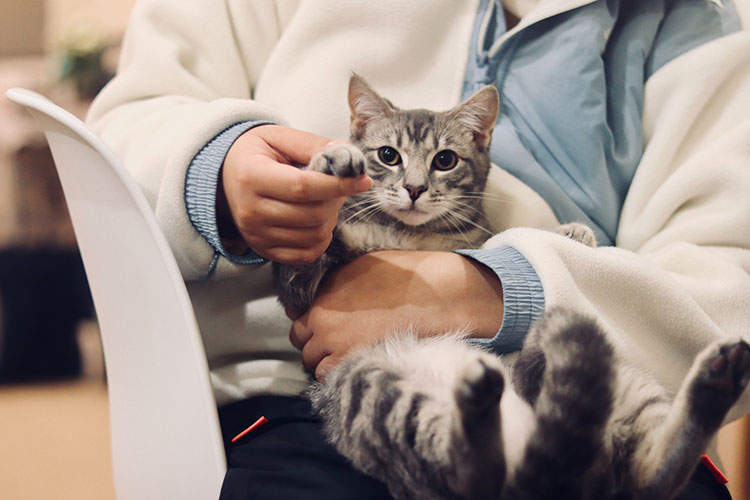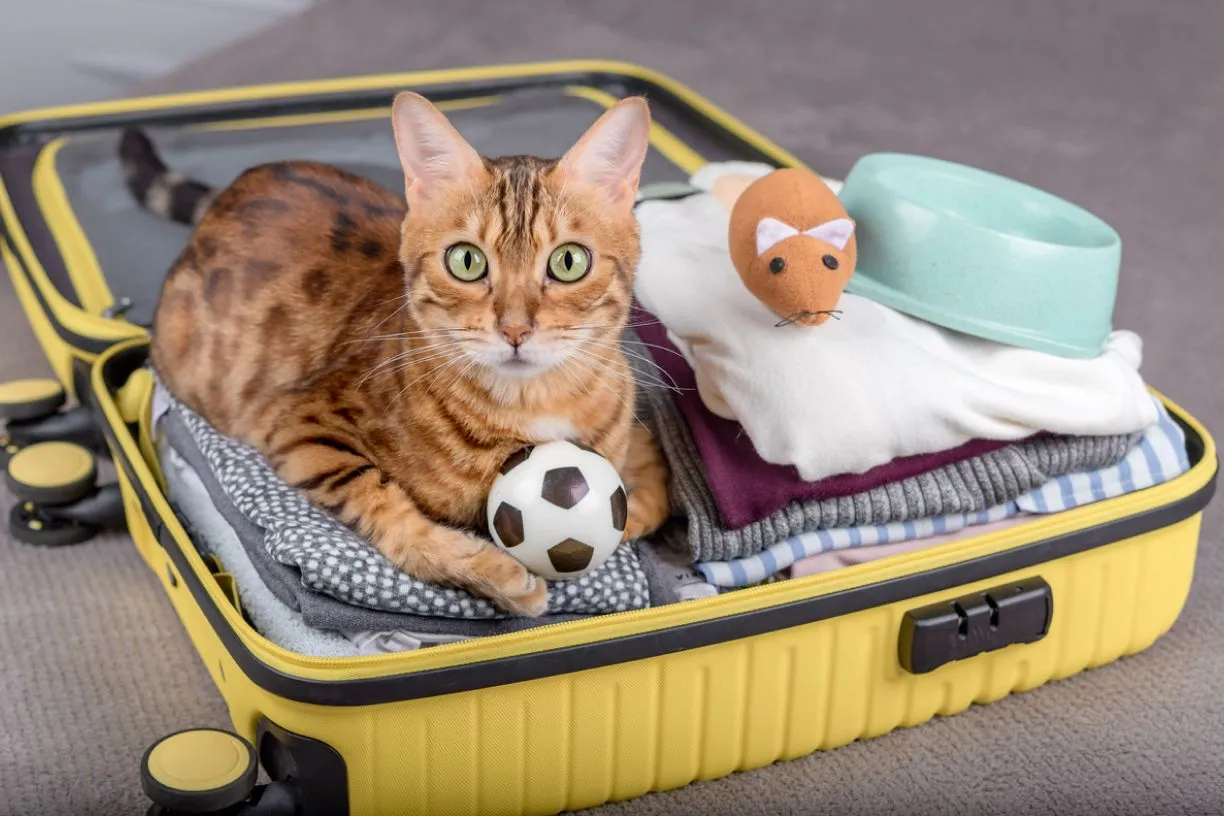Vomiting in cats is a common issue that can be caused by a variety of factors, from diet to health conditions. Knowing why your cat vomits can help you address the problem and ensure their well-being.
Common Causes of Cat Vomiting
Understanding the reasons behind cat vomiting can guide you in finding solutions. Some common causes include dietary issues, hairballs, and medical conditions.
1. Dietary Issues
Sudden changes in diet or food sensitivities can lead to vomiting. Cats may also vomit from overeating or eating too quickly.
2. Hairballs
Cats groom themselves frequently, which can result in the ingestion of hair. If not expelled, this hair can accumulate in the stomach and cause vomiting.
3. Medical Conditions
Vomiting can be a sign of underlying health issues such as infections, parasites, or more serious conditions like kidney disease.
How to Help a Vomiting Cat
If your cat is vomiting, there are steps you can take to help them feel better and prevent future episodes.
1. Adjust Their Diet
Switching to a sensitive stomach formula or smaller, more frequent meals can help. Gradually introduce any dietary changes to avoid digestive upset.
2. Groom Regularly
Regular grooming helps reduce the amount of loose hair your cat ingests, reducing the risk of hairballs.
3. Consult a Veterinarian
If vomiting persists or is accompanied by other symptoms, consult a veterinarian for a thorough diagnosis and treatment plan.
When to Seek Veterinary Advice
Persistent vomiting, especially if accompanied by lethargy, weight loss, or diarrhea, should be evaluated by a veterinarian to rule out serious health concerns.
Supporting Your Cat’s Digestive Health
Understanding the causes and solutions for cat vomiting can help you ensure your feline friend stays healthy and comfortable. Addressing dietary needs and providing regular care are essential steps to a happy, healthy cat.





















































































